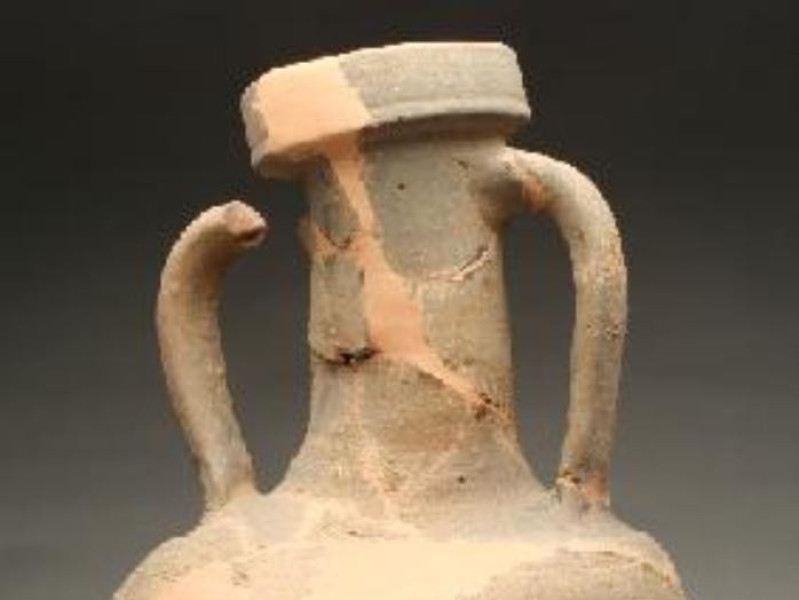Destinazioni - Comune
Montelupo Fiorentino
Where
Montelupo Fiorentino (Firenze)
Montelupo Fiorentino is a comune (municipality) in the Province of Florence in the Italian region Tuscany, located about 20 kilometres (12 miles) southwest of Florence. As of 31 December 2004, it had a population of 12,079 and an area of 24.6 square kilometres (9 sq mi).
Geography
The area is predominantly hilly and is crossed by the river Pesa that, particularly in the municipal area, flows into the Arno river.
History
Human presence in the area of Montelupo dates back to the Palaeolithic era. Evidence of this are the many prehistoric sites which have been identified in the last twenty years, in the municipal area.
Testimony of human presence during the classical era recently emerged from Etruscan civilization tombs in the old town and from the discovery of a Roman villa dating from the Republican age. The place was known as Mansio ad Arnum, as evidenced in the Tabula Peutingeriana, and it is probable that in the area there was a bridge that, during ancient Rome, permitted the crossing of the river Arno.
During the 5th and 6th centuries AD, the area faced threats of barbarian invasions, and the population left the plains and relocated to the surrounding hills. This phenomenon reached its peak during the 10th century, during the time of power struggles between the great families Guidi, Cadolingi and Alberti. These families realized in the area, a dense network of military facilities, which included the towns of Capraia and Montelupo Fiorentino.
At the end of the 12th century AD, began the expansion stage of Florence in the area, which found the fierce opposition of the Counts Alberti. Beginning on the 13th century AD, the town of Montelupo Fiorentino is destroyed by the Florentines, whom, on the same site, built a walled castle - true symbol of their domination in the territory.
Towards the end of the 14th century AD, Montelupo Fiorentino (who never had the name of Malborghetto, a real romantic invention) became a "walled village" of the Florentine countryside. The walls were built in 1348 (the year of the Black Death), and the Statute of the Powers dates back to 1414.
Until the 16th century AD, Montelupo Fiorentino lived his golden age. In mid 17th century AD, due to the plague that hit the area hard, a period of decline began, and irreversibly Montelupo Fiorentino was led to a drastic restructuring, which reached its peak in the late 18th century AD.
Since then and until World War II, Montelupo Fiorentino found himself on the border of everything. The country was shaken in the last half of the 20th century AD by some catastrophic natural events in nature. Most important are the floods of 1949,1966 and 1992. In these three events in fact, the Arno River north of Montelupo Fiorentino, and the Pesa River adjacent, flood submerging the country below four meters of water (two meters in 1992).
Production of ceramic during the Renaissance
Montelupo Fiorentino was one of the most important centers of pottery production of the Renaissance, at the Italian and the European level.
The story begins at the end of the 13th century, with the production of manufactured goods with Spanish-Moorish inspired decor (and blue decorations mostly green).
Since then, and for more than three centuries, the furnaces have proliferated within the city walls (built in the mid 14th century), to over 50 units at the end of the 15th century. The production level was such that required an “Editto del Potestà” (Edict) to prohibit that the huge quantities of waste and processing residues were thrown in the adjacent Pesa River, so to avoid its stream to be diverted.
In mid 15th century, Montelupo was the protagonist of the phenomenon of "circulation of techniques and knowledge" that characterized that period of history. Artists from Montelupo Fiorentino went to work to Faenza, and Cafaggiolo. It was also documented the presence of Montelupo’s potters in Caltagirone, where they gave new impulse to the pottery traditions that continue today.
Some pieces of Montelupo Fiorentino pottery have been found in archaeological sites in Central America related to the first European settlement in the area, as well as in the Philippines and Scotland.
Some of Montelupo’s potteries are the finest examples of Renaissance majolica “istoriata” (stained) that makes a fine show in the most important museums in the world (Musée de Cluny, and Victoria and Albert Museum, to name a few), although often with labels and captions not exactly correct. Certainly, the most famous Montelupo’s decor came from the “istoriata” production, namely the 17th century "Arlecchini", a satirical depiction of the satirical-naïve characters, then most famous and feared, the Landsknecht in the pay of Charles V, Holy Roman Emperor.
At the end of the 17th century, after the production of wonderful artifacts for pharmacies Florentine Dominicans of San Marco and Santa Maria Novella was finished, it began the slow but inexorable decline in the production of ceramics in Montelupo. Only through the production of the Capraia’s pots the tradition survived during the 18th and 19th centuries. The memory of the great ceramics of Montelupo, was then lost.
In 1977, the volunteers of the "Archaeological Group of Montelupo Fiorentino”, discovered inside the castle, overlooking the medieval village, the mouth of a large well (the well of washing), filled with fragments of pottery from the town’s kilns. The Findings are displayed in the Museum of Ceramics of Montelupo.
International relations
Twin towns — Sister cities
Montelupo Fiorentino is twinned with:
Manises, Spain
Moustiers-Sainte-Marie, France
Nove, Italy
References
External links
Official website
Montelupo Fiorentino

